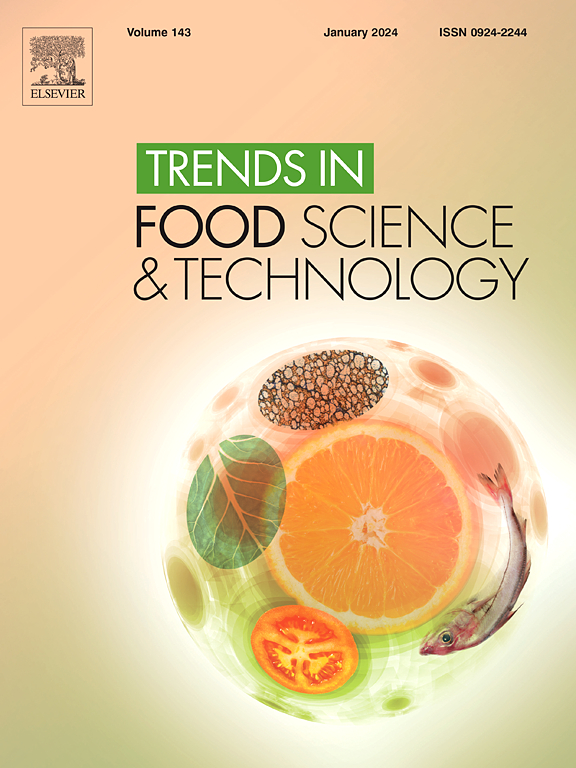Non-enzymatic electrochemical sensors based on nanostructured metal oxides for food quality assessment: A review
IF 15.1
1区 农林科学
Q1 FOOD SCIENCE & TECHNOLOGY
引用次数: 0
Abstract
Background
In contemporary times, the global concern over food quality and food products looms large. The occurrence of even very minuscule hazardous chemicals and contaminants in food and water poses a significant threat, potentially leading to severe health repercussions and numerous foodborne illnesses. Conventional analytical methodologies towards the detection of food quality biomarkers have several drawbacks such as requirement of large volume of samples, skilled manpower, high cost and huge time consumption. On the other hand, nanotechnology enabled electrochemical sensors offer certain advantages including high sensitivity, selectivity, low detection limits, and portability for onsite food quality monitoring.
Scope and approach
The advent of nanotechnology offered the ability to prepare a variety of nanostructured metal oxides in large quantities with improved physico-chemical properties, particularly with high electrocatalytic ability without requiring additives or mediator. This review provides a summary of recent reports pertaining to non-enzymatic electrochemical detection of heavy metal ions, food additives, pesticides, vitamins, and biogenic amines in food items.
Key findings and conclusions
The present review indicated that there is a great potential for using nanostructured metal oxides (NMOs) based electrochemical sensors for food quality analyses through detection of a variety of relevant biomarkers over a wider concentration ranges and low detection limits. Moreover, most of the NMOs based sensors work at room temperature and biological pH. Considering the non-enzymatic nature of the sensors, it is postulated that an electrode array can be designed for rapid and simultaneous analyses of a number of food biomarkers.

求助全文
约1分钟内获得全文
求助全文
来源期刊

Trends in Food Science & Technology
工程技术-食品科技
CiteScore
32.50
自引率
2.60%
发文量
322
审稿时长
37 days
期刊介绍:
Trends in Food Science & Technology is a prestigious international journal that specializes in peer-reviewed articles covering the latest advancements in technology, food science, and human nutrition. It serves as a bridge between specialized primary journals and general trade magazines, providing readable and scientifically rigorous reviews and commentaries on current research developments and their potential applications in the food industry.
Unlike traditional journals, Trends in Food Science & Technology does not publish original research papers. Instead, it focuses on critical and comprehensive reviews to offer valuable insights for professionals in the field. By bringing together cutting-edge research and industry applications, this journal plays a vital role in disseminating knowledge and facilitating advancements in the food science and technology sector.
 求助内容:
求助内容: 应助结果提醒方式:
应助结果提醒方式:


